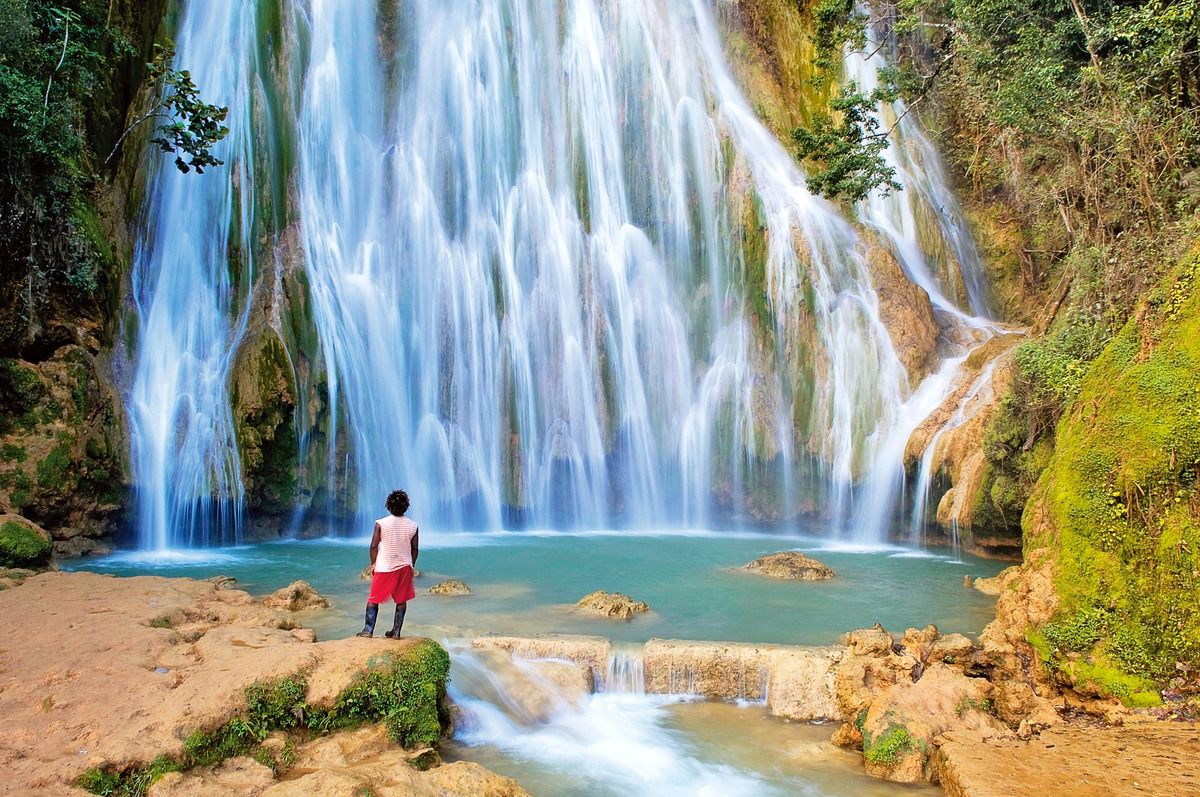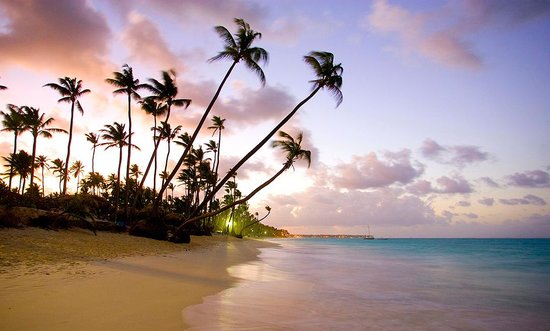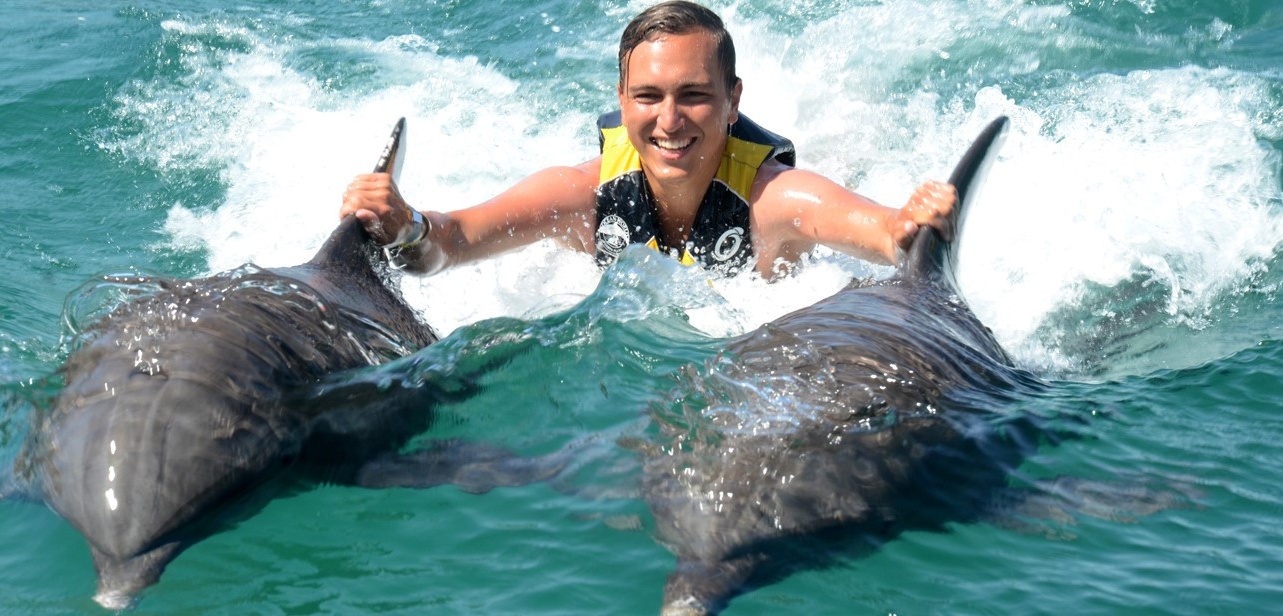 


 |
As the sun rises in the Dominican Republic, Punta Cana awakens to the lapping ocean-clear, unspoiled blue brushing up against the pristine stretches of sugar-white sand, with swaying coconut palms in the backdrop.
A thriving tourism industry fuels the region, and with such plentiful ingredients as sun, sand, and sea, it's no wonder.
The larger area known as Punta Cana encompasses Cabeza de Torres, Playa Bávaro, and continues all the way around the peninsula to Playa de Uvero Alto.
Development continues in Galerias Punta-Cana Village, a shopping center that is a draw for visitors from around the area.
Punta Cana spans over 40 kilometers of beautiful white sand beaches along the Coconut Coast and is the Dominican Republic’s largest resort town and one of the top travel destinations in the Caribbean.
It is known as a beach town but also has a variety of spas, casinos, signature golf courses and a growing number of restaurants.
Its laid back island culture welcomes you and invites you to experience its riches.
When you visit the Dominican Republic, you can surf, swim, or simply sunbathe on the beach, but don't forget to take in some of these popular tourist activities, including:
- A walk along Playa Grande, one of the area’s most famed beaches
- A day on the nearby islands of Saona and Catalina
- A look at regional wildlife through a whale-watching tour
- An exhilarating treetop view via zip line
- A taste of local culture via the Mi Amor Pirate Rum Tour and Taino Museum
CLIMATE
Punta Cana’s Caribbean-adjacent position near the Equator keeps its temperatures consistently high year round. The mercury spikes each July through September in the middle of its rainy season. Visitors can expect wet weather May through November. Travel to Punta Cana between December and April for warm weather and clear skies.
TIME ZONE
Punta Cana is on Atlantic Standard Time (1 hour ahead of Central Standard Time).
LANGUAGE
Spanish is the official language, but English is widely spoken by those employed in tourism.
ELECTRICITY
Generally the electricity operates at 110 volts (like in North America) but voltage irregularities are quite common here - sometimes providing less, sometimes providing surges of far more. For this reason, expensive appliances and computers should have surge protection if they are going to be used here. Appliances from countries that use more voltage, 220 volts for example, will generally require converters or adapters. |